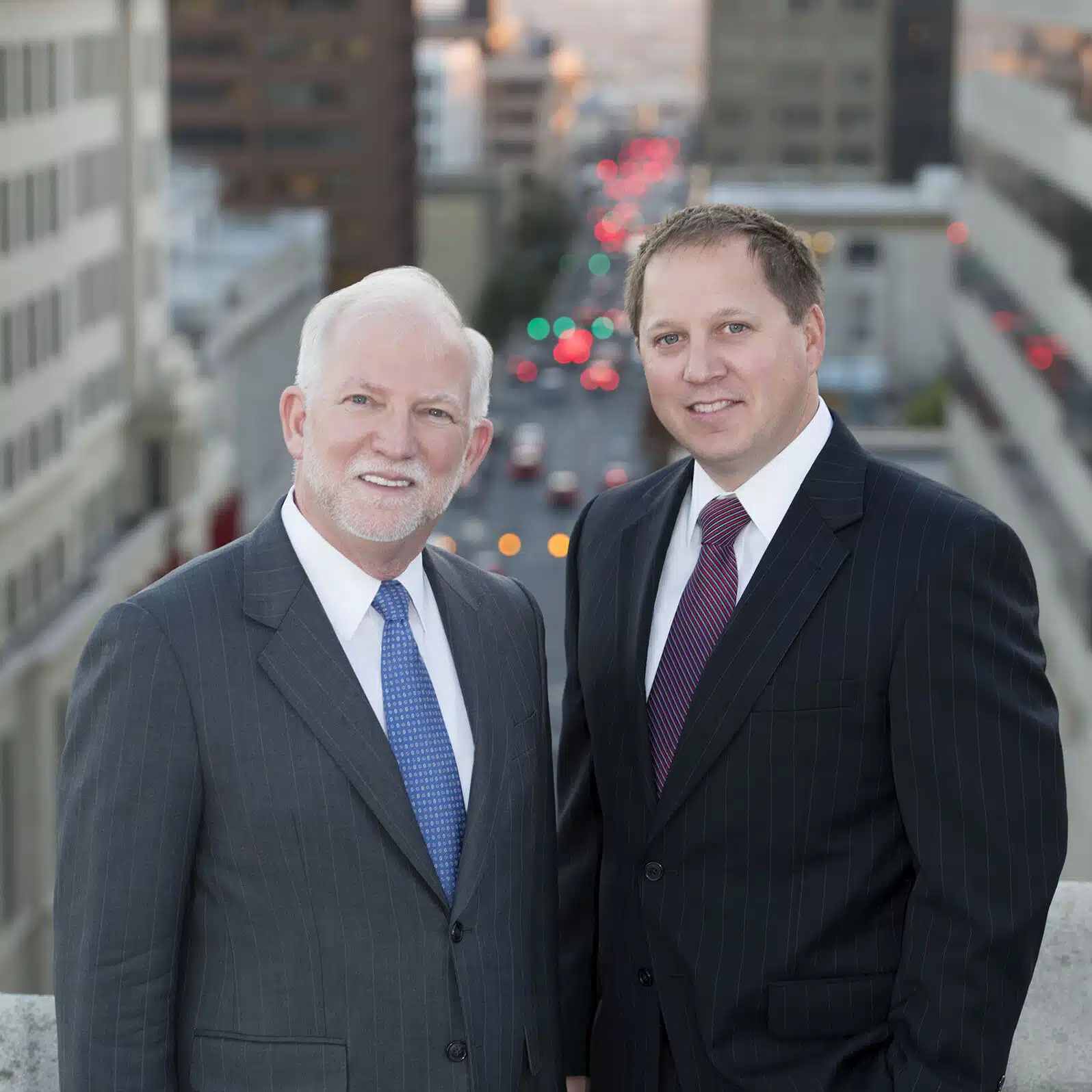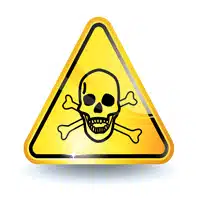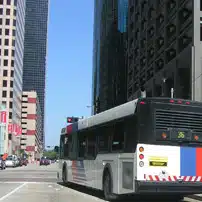If you have not seen Pulse technology yet, you are likely to see it soon. Instead of a standard, solid brake light, Pulse technology features, as its name implies, a pulsing light mounted in the center of a car’s regular brake lights.
When you are behind a car fitted with a Pulse light, if the vehicle slows or stops, the flashing Pulse light should grab your attention. The human eye is able to detect flashing lights more quickly than solid lights. This helps in making the roads safer for everyone and reducing the number of rear end collisions.
Many dealerships are installing this potentially lifesaving, third-party technology.
What Is Pulse?
Pulse is an award winning, patented collision avoidance system. It is designed to be used in any vehicle (car, truck, or potentially even motorcycle) manufactured after 1991. The Pulse light flashes four times when the fitted vehicle slows or stops. It can be installed in vehicles with LED or regular incandescent lights, and it works with any 12-volt system.
Safety Statistics: Pulse Increases Reaction Times
Thirty-seven percent of all car accidents are rear end collisions. Further, not all of these accidents are minor fender benders. Some result in serious multi-car pileups. Twenty-eight percent of rear-end collisions are serious enough to result in a “total loss” of the vehicle (meaning the cost to repair exceeds the cost to replace the vehicle).
Both the United States Department of Transportation (DOT) and the National Highway Traffic Safety Administration (NHTSA) have found that 90 percent of rear end collisions could be avoided if the “trailing” driver had just one more second of warning. Because the human eye is able to detect flashing lights more quickly than a solid light, Pulse gives trailing drivers the extra one second edge that they need.
A recent study conducted by the NHTSA has found that Pulse technology actually increases trailing drivers’ reaction times by 40 percent. A similar study by auto-manufacturing giant Daimler Benz found that Pulse lights give the trailing driver 20 extra feet of reaction time if they are travelling 65 miles per hour.
How to Get Pulse
Although many dealerships are installing Pulse on all new vehicles, anyone with a car or truck manufactured after 1991 can get Pulse at almost any car dealership. The Pulse technology is about the size of a stick of gum, and adds about $5 to the average monthly car payment. This makes it a fairly valuable investment when considering the safety benefits that it provides.
Pulse is currently working with a number of auto insurance underwriters to see if the installation of the technology can qualify for a discount in insurance premiums.
Bear Car Accident Lawyers at Rhoades & Morrow Represent Victims Injured in Rear End Accidents
It has happened to most of us at one point or another. You are sitting in traffic, minding your own business, when you are unexpectedly hit from behind by a driver who was not maintaining a safe following distance, and likely not paying attention. If you have been injured in a rear end collision, or any type of car accident, we can help you to obtain compensation for your injuries and property damage. With offices located in Wilmington, Bear, and Milford, the Wilmington car accident lawyers at Rhoades & Morrow offer flexible appointment times, including evenings and weekends. To learn more about how we can help, call us today at (302) 427-9500 or contact us online.





